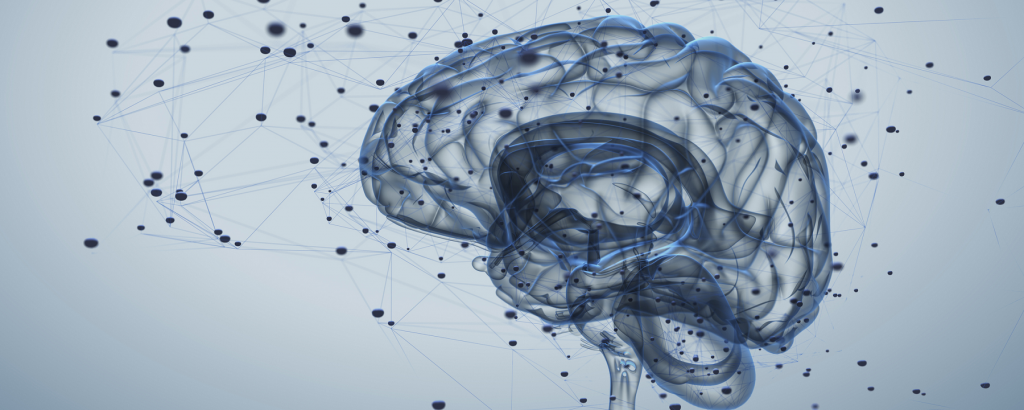CARs to drive off neuroblastoma
Neuroblastoma is one of the most common types of pediatric cancer, and it can be difficult to treat. This tumor typically has high expression of the ganglioside GD2, and there have been previous attempts at targeting these tumors via GD2. Unfortunately, these have not been entirely successful, in part, because some GD2 is also present on nonmalignant nervous tissue. Straathof et al. report the results of a clinical trial in 12 pediatric patients with neuroblastoma, treated with chimeric antigen receptor (CAR) T cells against GD2. The treatment was well tolerated without on-target off-tumor toxicity but did not achieve objective clinical responses.
Abstract
The reprogramming of a patient’s immune system through genetic modification of the T cell compartment with chimeric antigen receptors (CARs) has led to durable remissions in chemotherapy-refractory B cell cancers. Targeting of solid cancers by CAR-T cells is dependent on their infiltration and expansion within the tumor microenvironment, and thus far, fewer clinical responses have been reported. Here, we report a phase 1 study (NCT02761915) in which we treated 12 children with relapsed/refractory neuroblastoma with escalating doses of second-generation GD2-directed CAR-T cells and increasing intensity of preparative lymphodepletion. Overall, no patients had objective clinical response at the evaluation point +28 days after CAR-T cell infusion using standard radiological response criteria. However, of the six patients receiving ≥108/meter2 CAR-T cells after fludarabine/cyclophosphamide conditioning, two experienced grade 2 to 3 cytokine release syndrome, and three demonstrated regression of soft tissue and bone marrow disease. This clinical activity was achieved without on-target off-tumor toxicity. Targeting neuroblastoma with GD2 CAR-T cells appears to be a valid and safe strategy but requires further modification to promote CAR-T cell longevity.
INTRODUCTION
Neuroblastoma is the most common extracranial solid tumor in childhood. Half of patients diagnosed have high-risk disease based on age, extent of disease, and molecular features (1). Treatment of high-risk neuroblastoma remains challenging; current multimodal treatment regimens achieve long-term survival in only around 50 to 60% of patients and are associated with considerable morbidity (2–4). Chimeric antigen receptor (CAR)–T cells can induce lasting responses in relapsed/refractory B cell malignancies. Hence, we investigated treatment of relapsed/refractory neuroblastoma using second-generation CAR-modified T cells directed against disialoganglioside GD2.
The ganglioside GD2 is an attractive target for CAR-based therapies because it is abundantly expressed on almost all neuroblastomas (5, 6). However, GD2 is also expressed in low amounts on peripheral nerves and brain parenchyma (5, 6). Treatment with therapeutic antibodies targeting GD2 is frequently associated with an acute neuropathic infusional pain syndrome (7–9), and some series additionally report infrequent central neurotoxicity (7, 8).
A previous CAR-T cell clinical study using a first-generation CAR based on the 14.18 single-chain variable fragment (scFv) did not detect neurological toxicity but reported minimal CAR-T cell expansion and immune activation (10, 11). A subsequent clinical study similarly using a 14.18 scFv–based GD2-CAR but now incorporating CD28 and OX40 signaling domains resulted in CAR-T cell expansion in the absence of toxicity (12). However, immune activation remained minimal, and no objective clinical responses according to the International Neuroblastoma Response Criteria (INRC) were reported.
We developed a second-generation GD2-CAR with CD28/CD3ζ signaling domains incorporating a humanized anti-GD2 scFv based on the K666 antibody (13). We evaluated autologous T cells expressing this receptor in a phase 1 clinical study (NCT02761915) of relapsed/refractory neuroblastoma. We aimed to investigate whether these second-generation GD2 CAR-T cells (1RG-CART) could be manufactured and whether they expand within the subjects. Furthermore, we sought to determine whether 1RG-CART cells cause immune or on-target toxicity and whether any antitumor activity occurs.
In this study, both cell dose and preparative lymphodepletion regimen were escalated. As described below, three of six patients receiving ≥108/m2 GD2 CAR-T cells after fludarabine/cyclophosphamide lymphodepletion showed antitumor activity in bone marrow and soft tissue sites of disease. These patients also showed signs of immune activation (cytokine release and systemic immune activation). Critically, this was without on-target off-tumor neurotoxicity….







